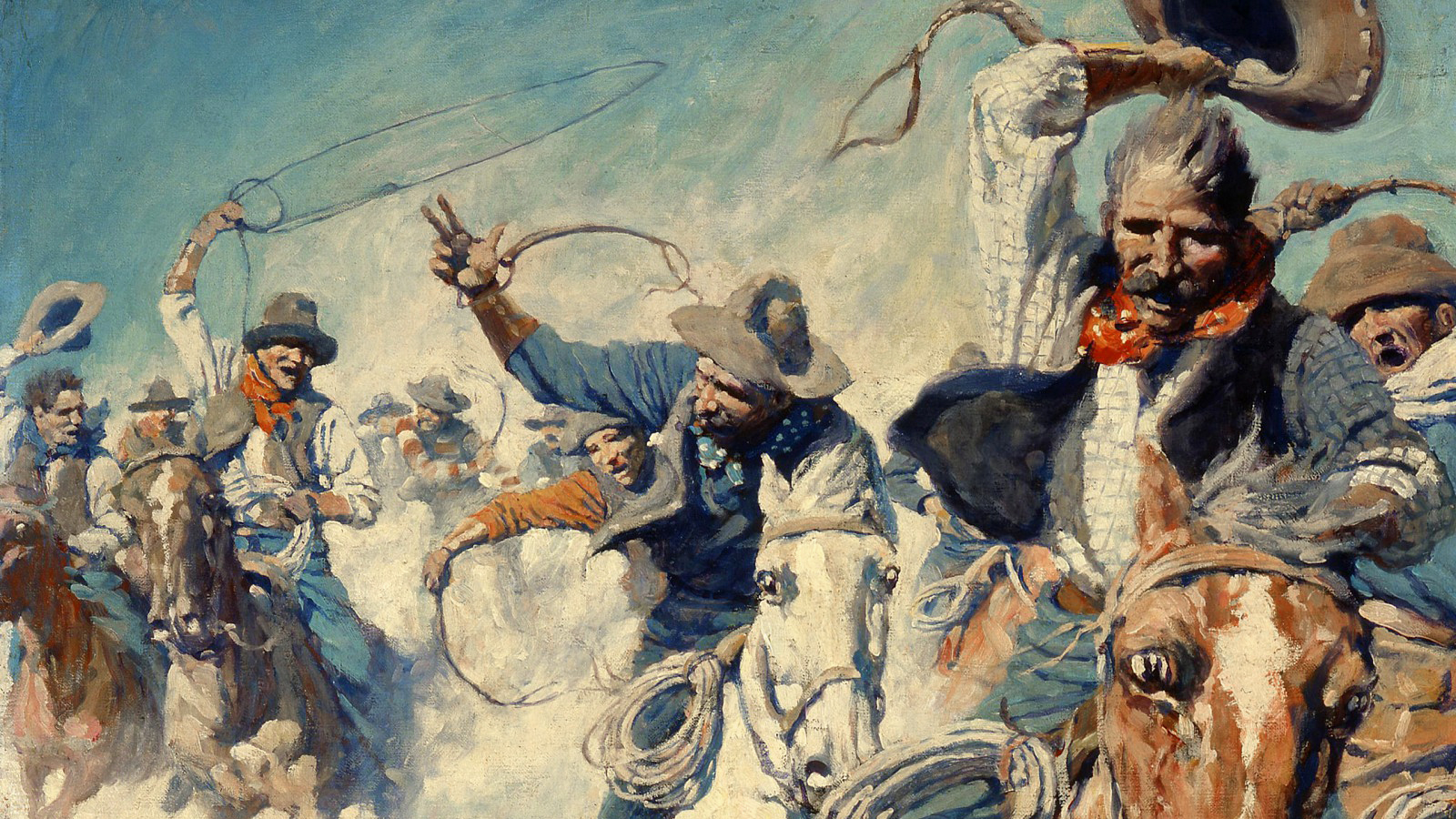How can we fix America’s police?

Credit: Matt Popovich via Unsplash
- Replace consolidated police forces with community policing.
- Encourage discretionary non-enforcement of laws.
- Remove bad financial incentives like civil asset forfeiture.
After the murder of George Floyd by police officer Derek Chauvin in May 2020, some Americans argued the country would be better off without police. A police-free zone was established in Seattle. The zone was shut down several months later after four shootings, two deaths, and several sexual assaults.
Violent crime is an undeniable problem in the United States: homicides rose 25 percent from 2019 to 2020 and still continue to rise in some cities. In New York City, voters responded to the recent crime surge by nominating former NYPD Captain Eric Adams for mayor. Even in progressive cities, it seems, people still believe policing is the best solution to violent crime. A Pew Research Center poll shows that few Americans support abolishing or defunding the police.
So how can we fix our current policing problems? What would a more humane version of policing look like — and what is stopping us from getting it?
Here are three police reform ideas from scholars who have studied American policing:
1. Replace consolidated police forces with community policing
In an Institute for Humane Studies (IHS) video on community policing, economists Jayme Lemke and Liya Palagashvili trace the history of today’s citywide police forces back to Prohibition. Politicians believed consolidating small neighborhood police departments into citywide forces with unified standards would make cities better equipped to enforce federal prohibition laws.
But consolidation came with a price, Lemke and Palagashvili say. Previously, under smaller neighborhood departments, police officers were seen as long-term partners with the community with the mutual goal of making the neighborhood safer. This is known as community policing, and it incentivizes officers to act in the best interest of the people in their community, which does not always mean arresting offenders.
“You have a kid out after curfew,” Lemke, a senior research fellow at the Mercatus Center, says. “Does he get hauled home to mom, or does he get hauled to jail?”
But consolidated forces have a one-size-fits-all approach to neighborhood safety: enforce laws through citations and arrests. Police success quickly became measured by numbers: the number of people stopped and arrested. “The culture is, you’re not working unless you are writing summonses or arresting people,” NYPD Officer Adyl Polanco told NPR.
In the 1970s, Nobel Prize-winning economist Elinor Ostrom pushed back on the consolidation of police forces and other public departments. Her theory of polycentric governance suggested that communities would be better off with multiple decision-making bodies interacting rather than decision-making power being centralized in larger consolidated bodies. She studied police departments — even riding in the back of police cars — and found that communities with smaller neighborhood police departments had a better relationship with police because that is when coproduction — a shared responsibility for achieving safety — takes place.
“Many of the officers in very big departments do not see themselves as responsible to citizens,” Ostrom said. “They are on duty for specific hours and with an entirely different mentality.” Ostrom argued that community police forces are more likely to employ officers who are willing to try outside-the-box solutions to solve a neighborhood’s unique problems — problems that are rarely fixed through tickets and arrests.
2. Encourage discretionary non-enforcement of laws
Jake Monaghan, assistant professor of philosophy at the University of New Orleans, spoke about bad policing incentives at a recent IHS symposium, “Unnecessary Evils: Laws, Judging, and Policing in an Overcriminalized World.” He is currently working on a book about what good policing looks like.
“I argue first that one important way to overcome failures in the criminal justice system is to engage in discretionary non-enforcement of certain laws,” Monaghan writes in his book abstract.
Recognizing that discretion is an inevitable element of policing means abandoning any misconception that police should behave like the military. “Soldiers are typically allowed very little discretion in the course of their work,” Monaghan writes. “Policing, especially in the patrol division, is characterized by significant amounts of discretion.” We should view police officers not as soldiers but “as genuine professionals who should be exercising discretion by drawing on a body of specialized knowledge.”
We can encourage the exercise of legitimate, well-reasoned discretion by specializing the patrol division, Monaghan argues, so that officers responding to calls have the necessary training to decide when not enforcing a law is in the best interest of the community.
3. Remove bad financial incentives like civil asset forfeiture
Civil asset forfeiture currently allows police departments in most jurisdictions to seize assets from criminal suspects before they are convicted or even arrested. If police claim an asset was involved in a crime, they can confiscate it — then use it to help fund police activities.
“Police departments and municipal governments around the country rely on seized assets, whether cash directly or property that can be sold for cash, to help pay for operations and programs that they otherwise could not afford,” Chris Surprenant, professor of ethics at University of New Orleans, and Jason Brennan, professor of ethics at Georgetown University, write in their book Injustice For All: How Financial Incentives Corrupted and Can Fix the Criminal Justice System.
While a police officer cannot lawfully take cash from a suspected drug dealer and deposit into his own bank account, he can use civil asset forfeiture to accomplish essentially the same thing: the more money a police officer seizes, the more money there will be in the police department budget to pay for raises and nicer amenities, Surprenant and Brennan explain.
Not only does this incentivize police departments to seize more assets from people, but it also incentivizes them to allow some criminal activities to take place so that they can then seize the profits.
“For example,” Surprenant and Brennan explain, “when disrupting drug trade activities, any illegal drugs seized by law enforcement agents must be destroyed, but they can retain seized cash believed to be connected to drug activity and use it to fund their own operations. That cash can be kept but drugs must be destroyed has led many police departments to establish checkpoints and otherwise run operations to target individuals after sales have been made, rather than preventing those sales from being made in the first place.”
States should reform asset forfeiture laws to prevent police departments from enriching themselves through policing, Surprenant and Brennan say. That will help realign police incentives with the long-term safety and well-being of the community.
What success looks like
As different states and municipalities experiment with police reforms like the three ideas listed above, how can we measure success? What does good policing look like?
The Atlantic‘s Conor Friedersdorf points to the “Nine Principles of Policing,” drafted in 1829 by the London Metropolitan Police Department, as “the foundations of a civilized law-enforcement agency.” The fourth principle is: “To recognize always that the extent to which the cooperation of the public can be secured diminishes proportionately the necessity of the use of physical force and compulsion for achieving police objectives.”
This, ultimately, is what we want from good policing: to secure our cooperation as much as possible through peaceful partnership. Successfully doing that means respecting the dignity and diversity of communities, treating individuals humanely, and having no overarching goal other than the peace and safety of the neighborhood.





